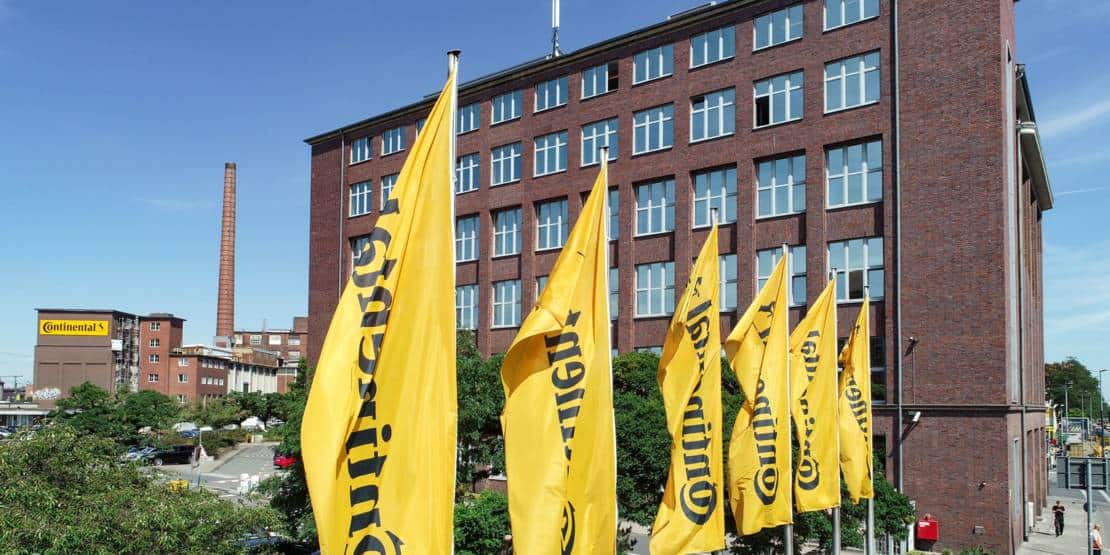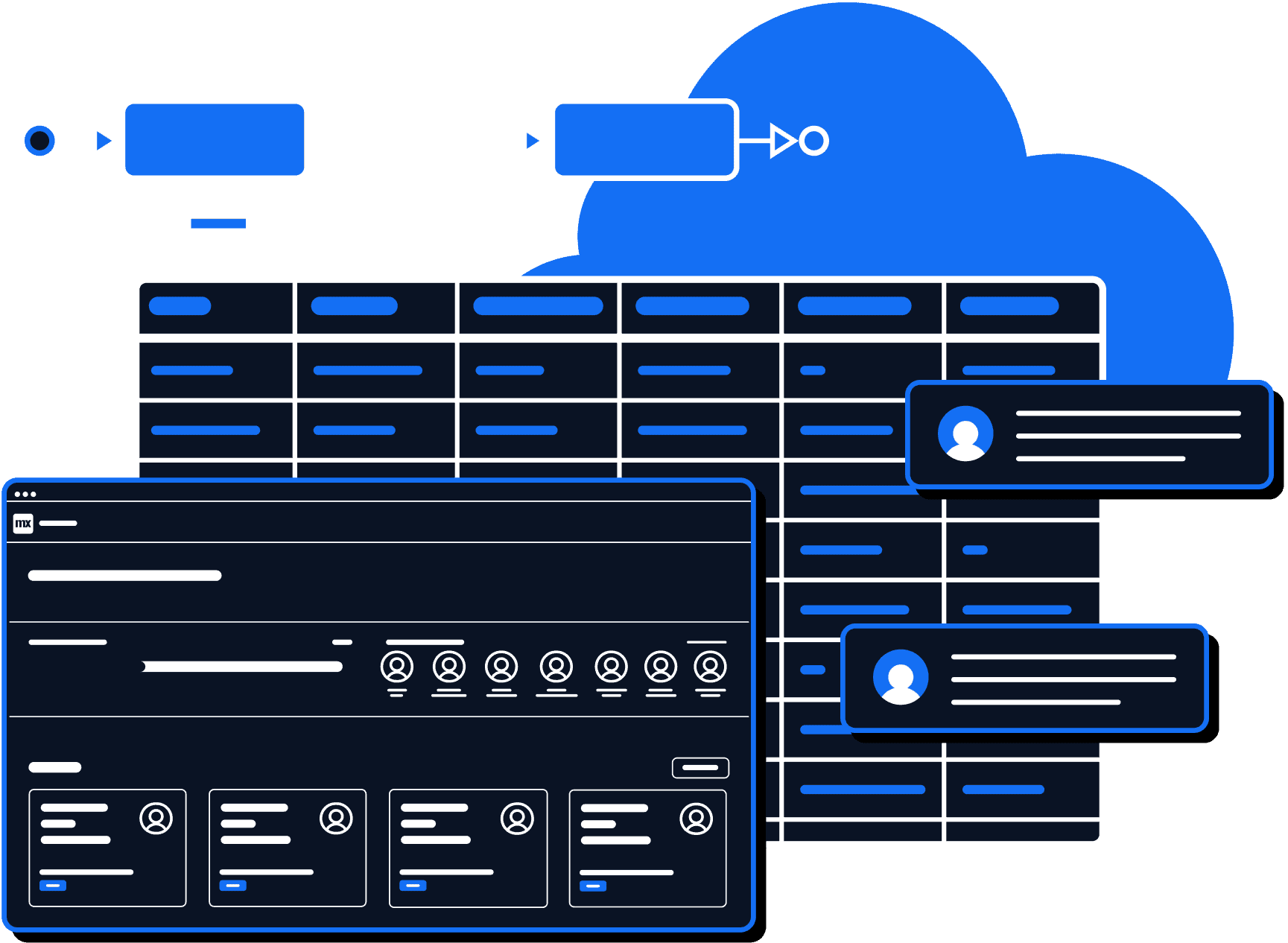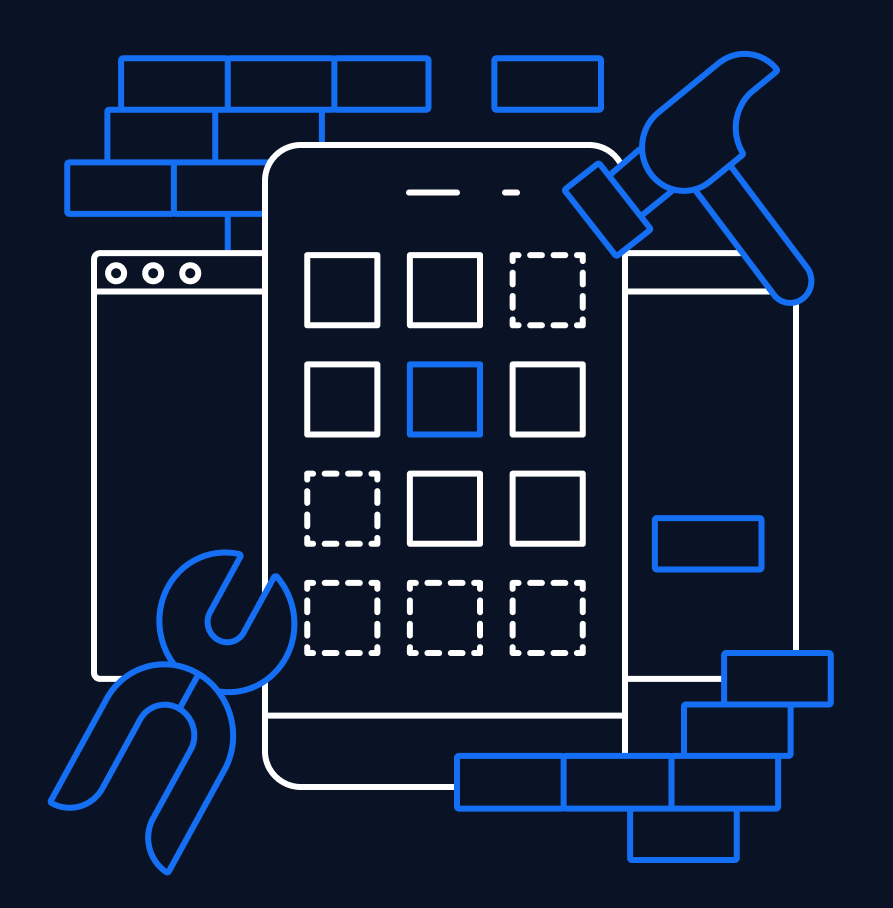

Replace Legacy Systems with Low-Code Applications
Break free to go beyond the limitations of your legacy systems
The status quo is untenable
What have your legacy systems done for you lately?
To a certain extent, the time and expense of maintaining business-critical tools and applications is reasonable as long as the systems are still pulling their weight.
But there are a few signs that this is no longer feasible:
Don’t just replace. Build better than ever.
There are three ways to tackle the legacy replacement process:
- build a new solution in house using traditional development methods
- purchase a commercial-off-the-shelf (COTS) solution
- build a custom solution in house with low-code development
Traditional development is costly and time-intensive while commercial-off-the-shelf (COTS) products are too “one size fits all” for the modern enterprise.
With these approaches, you’re simply replacing one headache for another.
But with low-code, you can build future-proof applications that support current business processes with modern functionalities that the other options can’t touch.
By enabling developers of all skill levels to build, low-code accelerates the time it takes to deliver custom web and mobile applications that far exceed what your legacy systems offer.

Legacy system replacement strategies
| Traditional Development | COTS | Low-Code Development with Mendix | |
|---|---|---|---|
| Costs |
|
|
|
| Risks |
|
|
|
| Time |
|
|
|
| Customization |
|
|
|
| Ease of Maintenance |
|
|
|
Replace legacy systems fast with Mendix
Catered to the needs of modern enterprise developers, Mendix accelerates time to market with a comprehensive and integrated set of tools and services for managing the entire application development lifecycle.
Build new, custom business applications that go beyond what you could ever imagine from your legacy systems. As you deliver new applications, you can sunset their legacy counterparts.
Post-replacement,
take it above and beyond
Once you’ve officially replaced your legacy systems, low-code with Mendix opens up a brand-new world of enterprise software capabilities.
Modernization success stories
You may also like
-
![legacy modernization wins]()
3 Immediate Benefits of Modernizing Legacy Systems
If you're asking yourself, "Why modernize legacy systems?" consider these legacy modernization benefits that range from quick wins to strategic evolution.
-
![Flexible application modernization]()
3 Low-Code Legacy Application Modernization Strategies
If you're running outdated, lagging legacy systems, it's time for an upgrade. Here's how low-code can support legacy application modernization.
-
![Upgrading Legacy Systems]()
How to Upgrade Legacy Systems to Compete in the Cloud Age
With enterprise application modernization options proliferating, upgrading legacy systems has become increasingly critical.
-
How do I know when it’s time to replace legacy systems?
As soon as legacy systems get to the point where they are monopolizing IT resources just to maintain the status quo, it’s time to consider replacement. While legacy system replacement is a significant undertaking, the costs and time needed to keep the same outdated systems is high risk and low reward.
Related reading: How to Modernize Legacy Applications — the Right Way
-
How do I replace legacy systems and applications?
Replacing legacy systems involves building a new application and sunsetting the original. When creating the replacement, it’s important to consider new features and functionality that may be required, as well as demands from both end users and the business.
-
Are there other ways to modernize legacy systems?
Yes! Replacing a legacy system is a time-intensive, resource-heavy investment, but there are many scenarios where it’s still the best option. However, other options are to extend or migrate your legacy systems.
Extending the capabilities of your legacy system is a simpler approach than replacing, but it’s only a feasible option if your core system still operates as needed.
Read more about extending your legacy system’s capabilities
You can also choose to migrate your legacy applications and processes off of your core system and onto a more modern architecture. The goal is similar to replacing the system, but migration allows organizations to move at their own pace.




